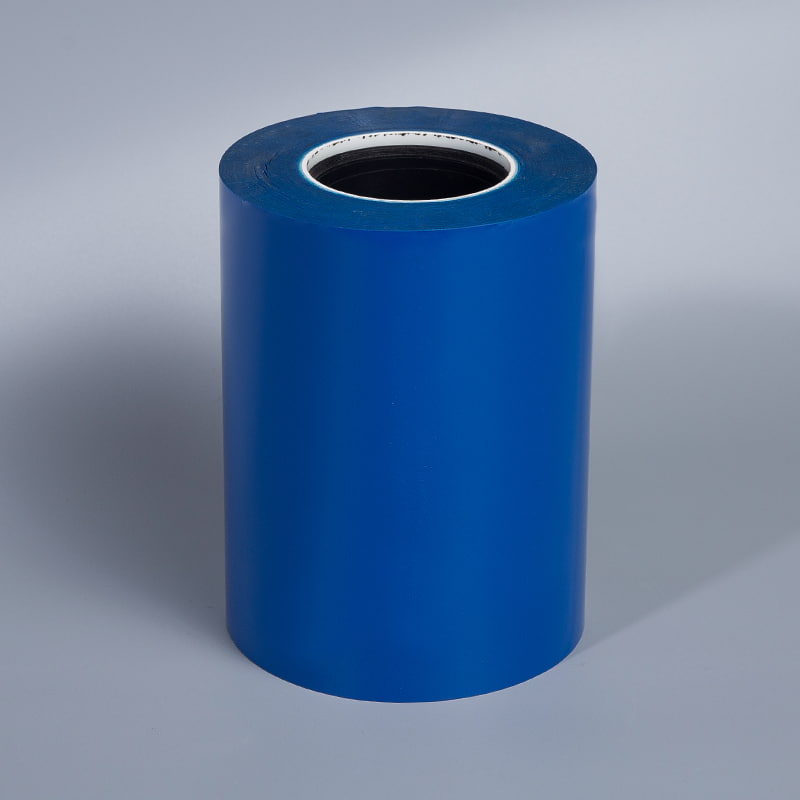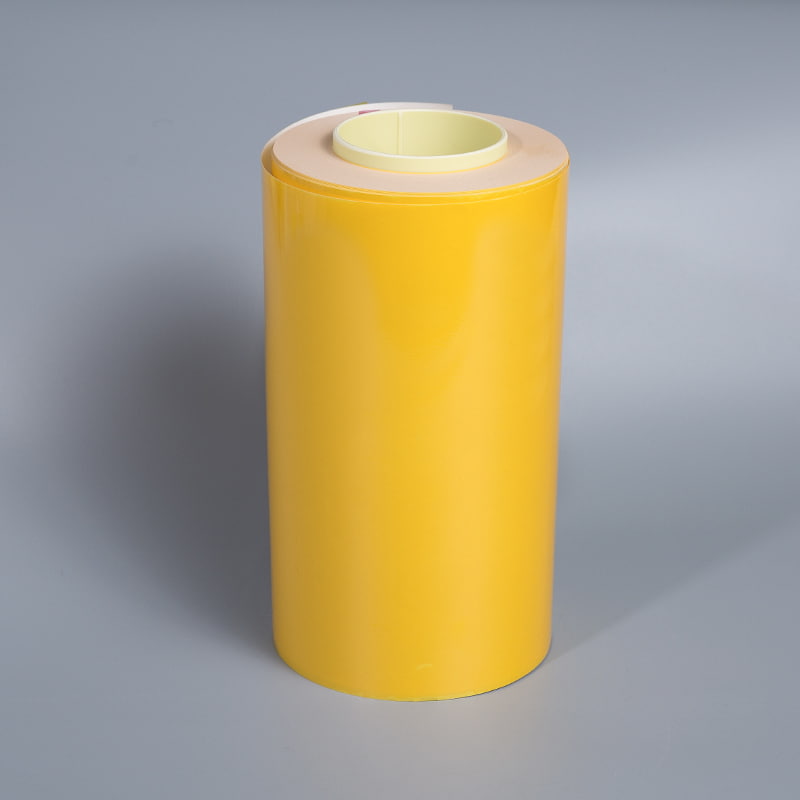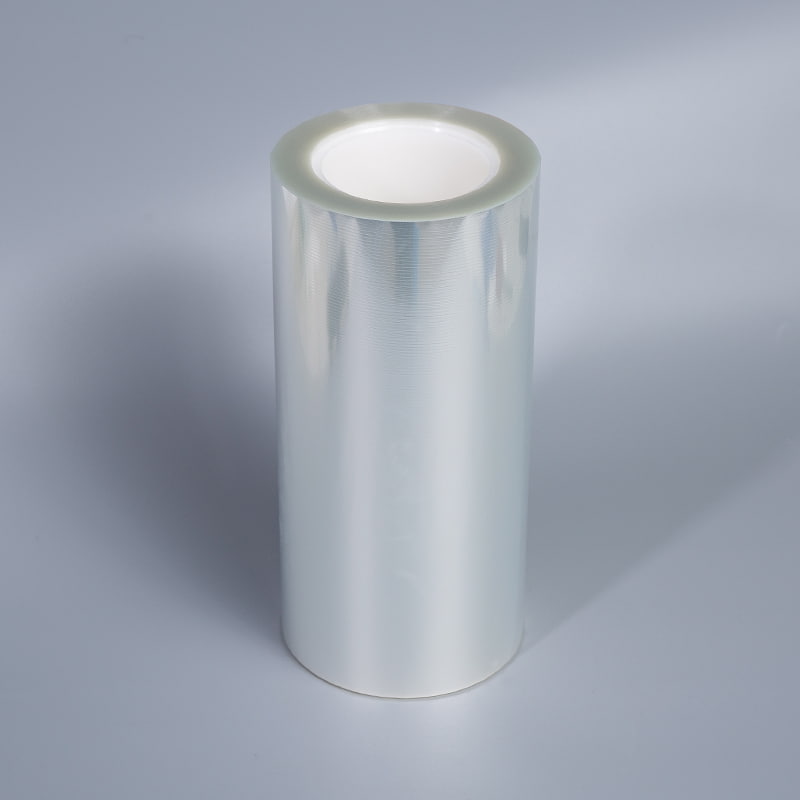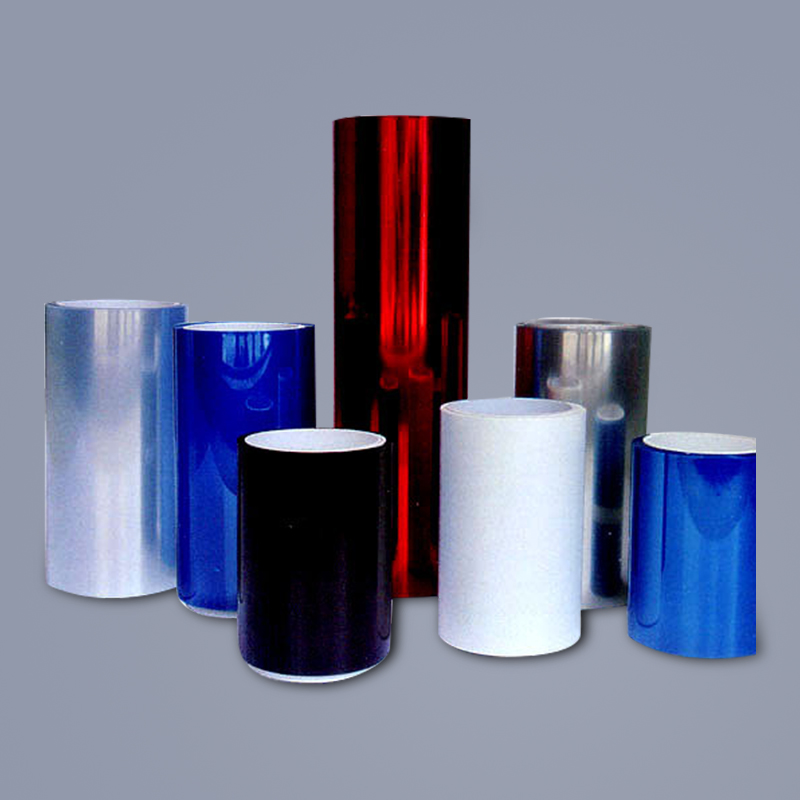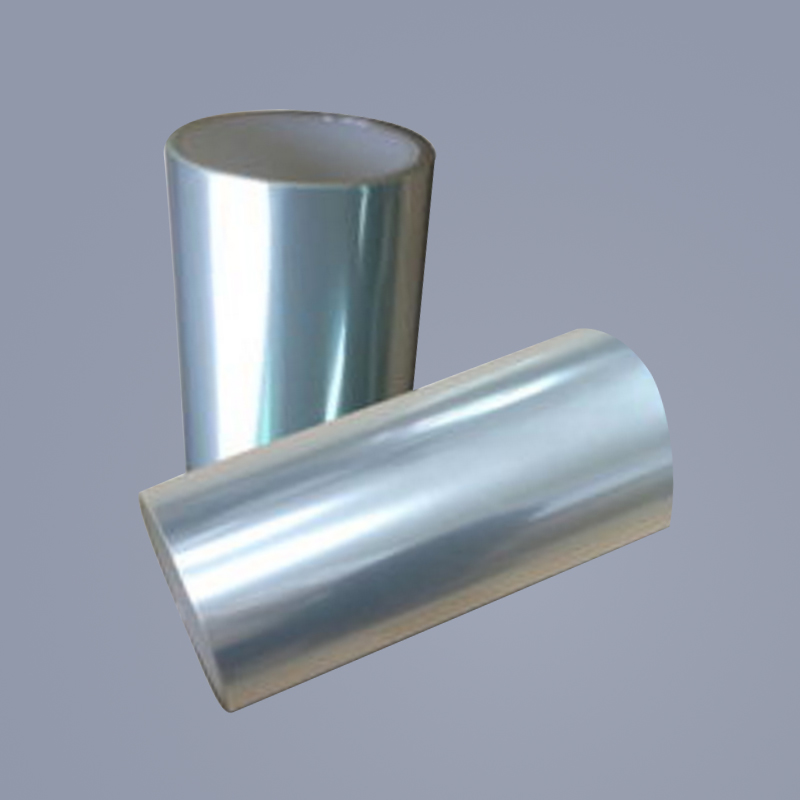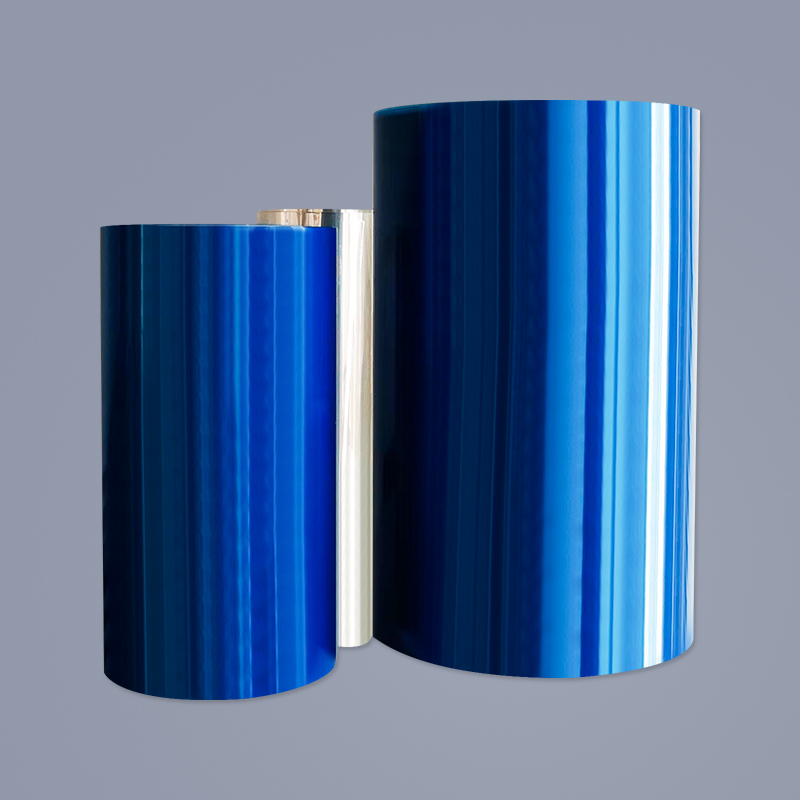Printing on PET (polyethylene terephthalate) film usually involves specific printing technology and equipment. Because of its smooth surface and strong hydrophobicity, some special treatment methods are required to ensure the printing quality. The following are several common printing methods and related treatment methods:
1. UV printing (ultraviolet curing printing)
UV printing is to spray ultraviolet ink directly onto the surface of PET film through a nozzle, and use UV light curing to make the ink dry and cure quickly. This printing method has the following advantages:
Strong adaptability: UV printing is suitable for a variety of non-absorbent materials, including PET.
High resolution: It can print fine patterns and text.
Good durability: Because the ink is very strong after curing, it is suitable for outdoor or exposed environment applications.
Operation steps:
Clean the surface of PET film and remove impurities such as dust and oil.
Use a UV printer to print patterns or text on PET film.
Use UV light to cure the ink.
2. Thermal transfer
Thermal transfer technology is often used to transfer pre-printed patterns or designs to the surface of PET film. Heat transfer requires the use of a heat press to transfer the design from the heat transfer film to the PET surface. Suitable for small-scale production or high-quality patterns.
Operation steps:
Prepare the heat transfer film and PET film.
Place the design on the surface of the PET film, heat it with a heat press and apply pressure to transfer the pattern to the PET film.
3. Screen printing
Screen printing is a traditional printing method that is suitable for printing large areas of color on PET film, especially for mass production. By making a screen, the ink is printed through the mesh onto the film surface.
Operation steps:
Clean the surface of the PET film to ensure that there is no dust and impurities.
Make a screen and choose the right ink.
Transfer the ink to the PET film through a screen printer.
Notes:
Suitable for simpler patterns or large-area designs.
The ink needs to be adapted to the PET surface to ensure strong adhesion.
4. Solvent printing
Solvent printing is a method that uses solvent-based inks, which is usually suitable for applications that require higher printing quality. It cures the ink by evaporating the solvent and is suitable for non-absorbent surfaces such as PET film.
Procedure:
Choose a solvent-based ink suitable for the PET surface.
Use inkjet or gravure printing equipment to spray or print the ink onto the surface of the PET film.
The ink is cured by evaporating the solvent.
5. Laser engraving
Although not a traditional "printing" method, laser engraving can also be used to make permanent marks or patterns on PET film. The laser directly etches the surface of the film with a high-energy beam, which is suitable for designing labels, numbers or small details.
Procedure:
Set the design to be engraved on the laser engraver.
Use a laser beam to engrave on the PET film.
6. Electrochemical printing
This method generates a printed pattern on the surface of the PET film through an electrochemical reaction, and is usually used for applications such as making logos or barcodes. It produces the pattern by changing the chemical properties of the film surface.
Notes:
Surface treatment: The surface of PET film tends to be smooth and hydrophobic, which affects the adhesion of the ink. To improve adhesion, surface treatments such as corona treatment, plasma treatment, or the use of specialized primer materials can be performed.
Ink selection: You need to choose ink that is compatible with PET film. For UV printing and solvent printing, special UV ink or solvent-based ink is usually selected to ensure that the ink can adhere firmly to the PET film.
Printing equipment: Choose appropriate printing equipment, such as UV printer, screen printer, thermal transfer machine, etc. according to the batch and printing effect requirements.


